The Bird of Paradise plant (Strelitzia reginae) is a stunning plant with tall stems and long green leaves.
This plant is a hardy plant that can tolerate different lighting conditions. The bird or paradise can get quite tall. Reaching heights of 8-20 feet outdoors. However, indoors this plant should only get around 6 feet tall. You will need a large space in your house to grow this plant indoors. The leaves are also large and it can make quite a stunning statement piece.
The Strelitzia Reginae plant is native to South Africa. This plant is commonly grown outdoors in a variety of warm and tropical areas. I saw my first Bird of Paradise plant in person on vacation in Hawaii. They are absolutely stunning when they are in full bloom.
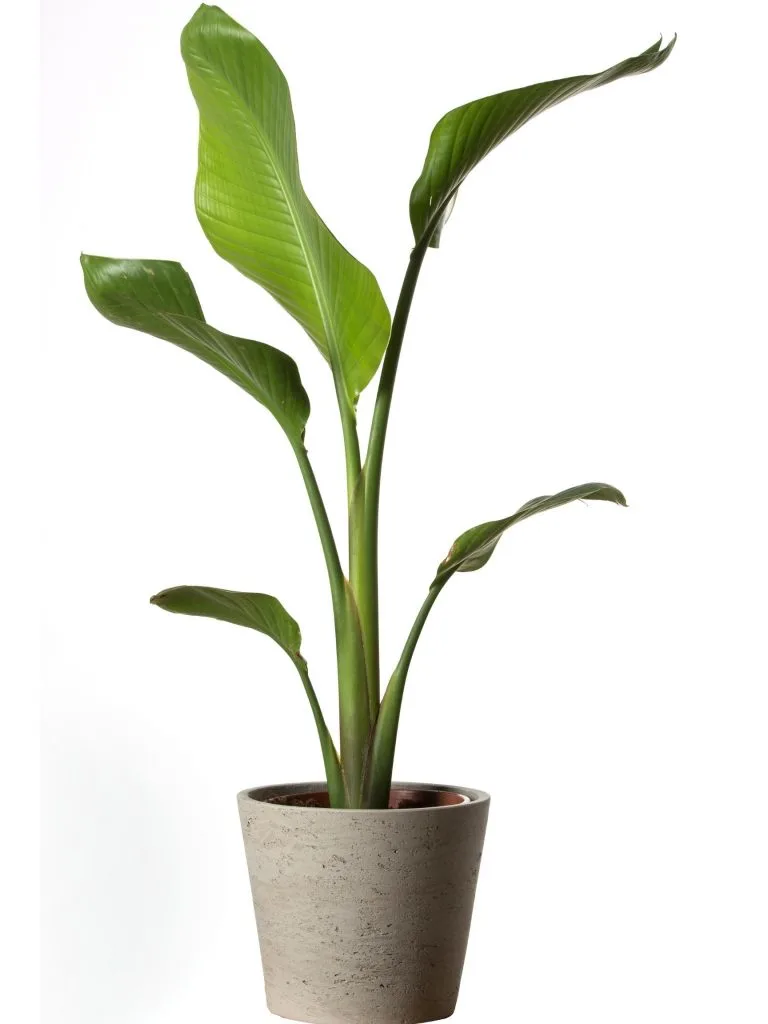
This plant gets its name from the gorgeous flowers it produces. They can bloom in a variety of colors and resemble beautiful tropical birds. The plant can bloom outside when it has plenty of light and proper care. Unfortunately it does not typically bloom when kept as an indoor plant.
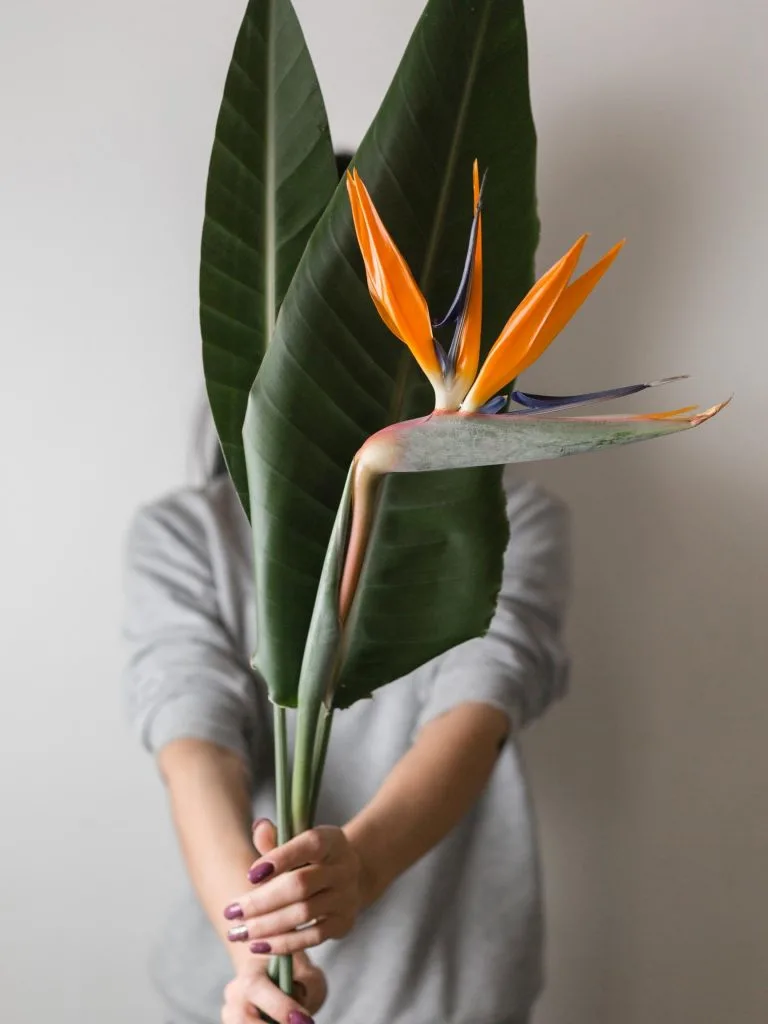
The leaves can grow out with small breaks or slits in them. Don’t panic, this is something the plant naturally does to make itself hardier in rain or wind. It helps with the aerodynamic properties of the leaves.
Sometimes the edges of the leaves can turn brown. There can be a couple of reasons for this. Humidity is an important part of caring for this tropical plant. If you have a very dry home, consider adding a small humidifier to increase the humidity around the plant.
Tap water can also burn the edges of the plant leaves if it has lots of chemicals. To avoid this you can water your plant using dechlorinated or distilled water.
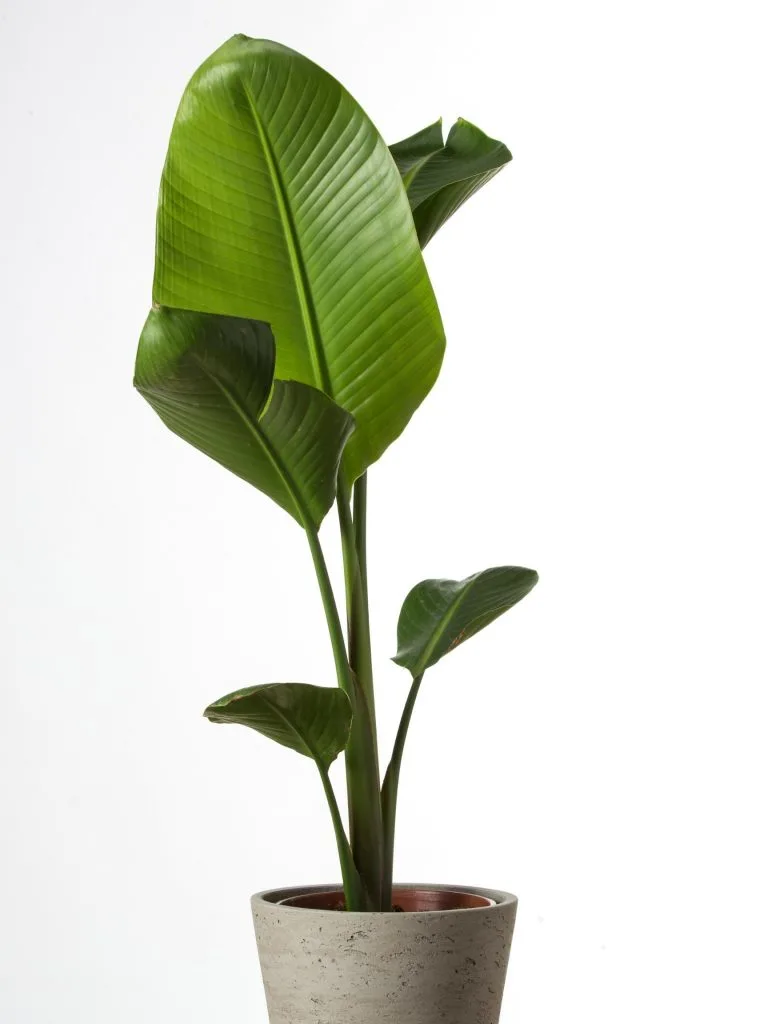
More Beautiful Houseplants:
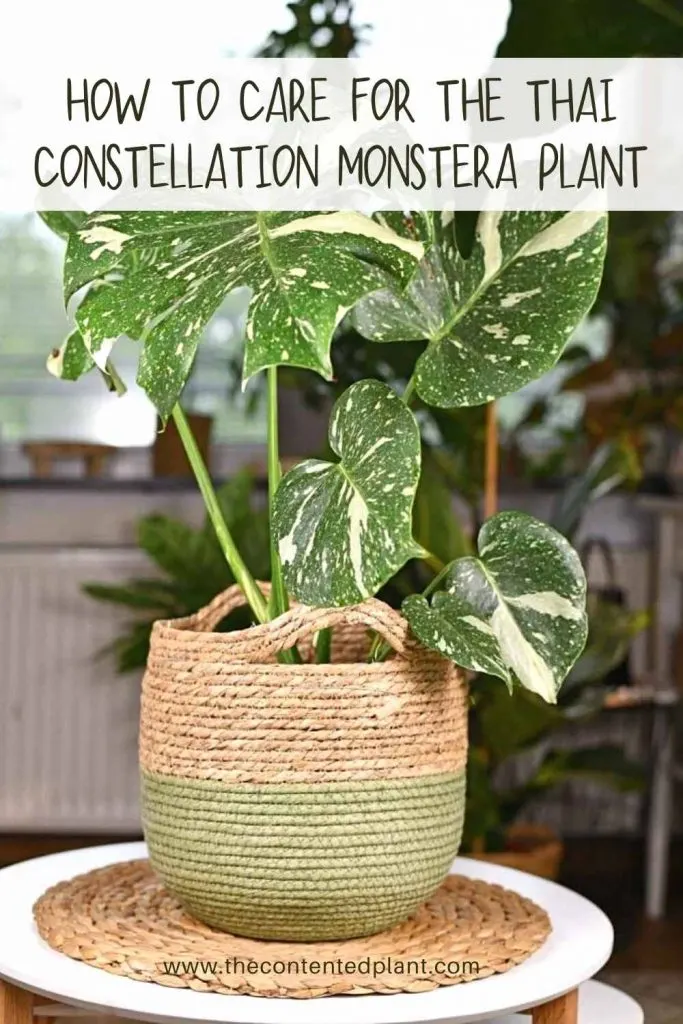
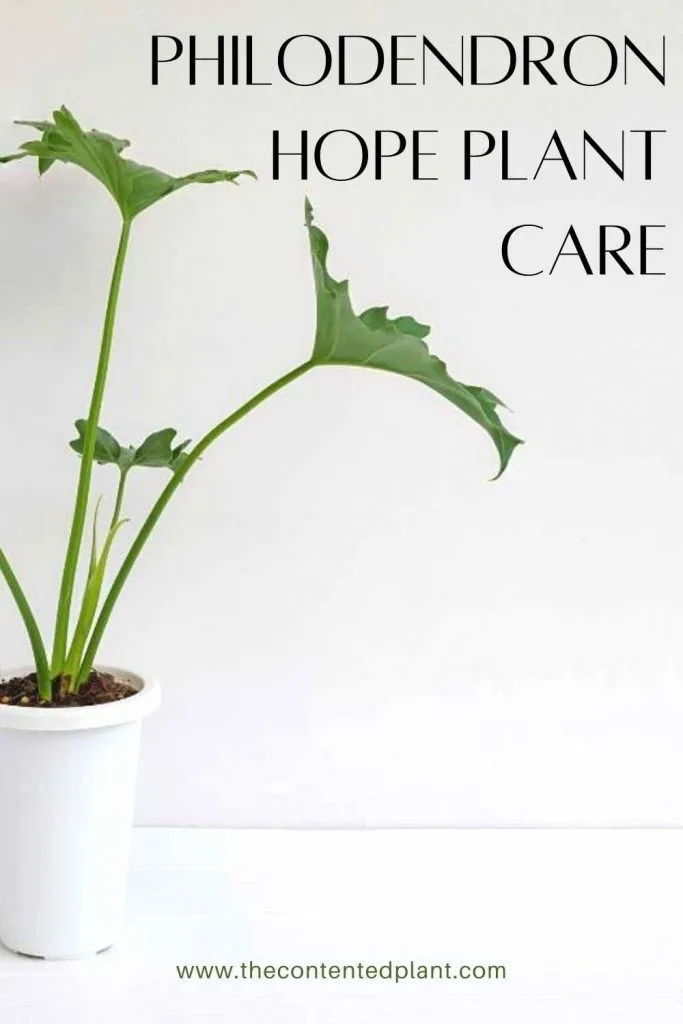
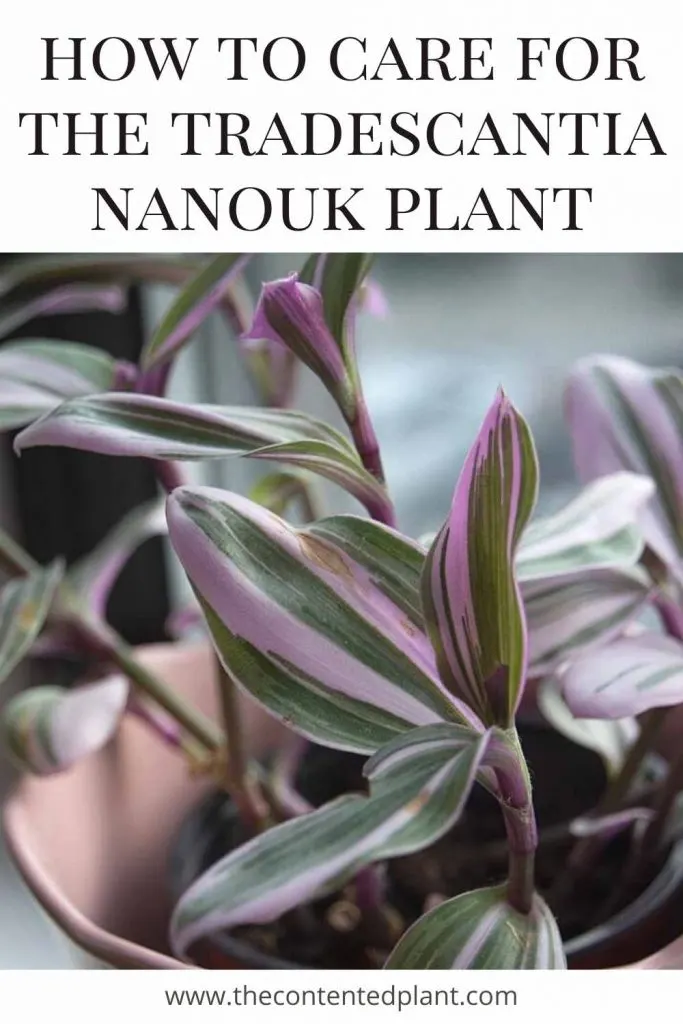
This plant is not particularly difficult to find in local stores or nurseries. If you do run into trouble locating it. Buying it online is always a good option. I purchase most of my online houseplants from small hobby plant growers on Etsy.
Purchase Bird of Paradise Plant on Etsy
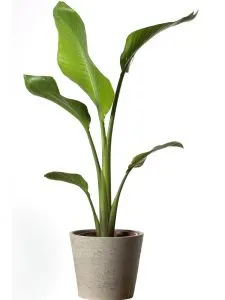
Although this plant is a very easy plant to grow, a few tips and tricks can ensure that you have the most beautiful healthy Bird of Paradise. We have compiled a list of all the top care tips we have for this plant. This care guide is printable if you want to save it for later.
Bird of Paradise Care Guide
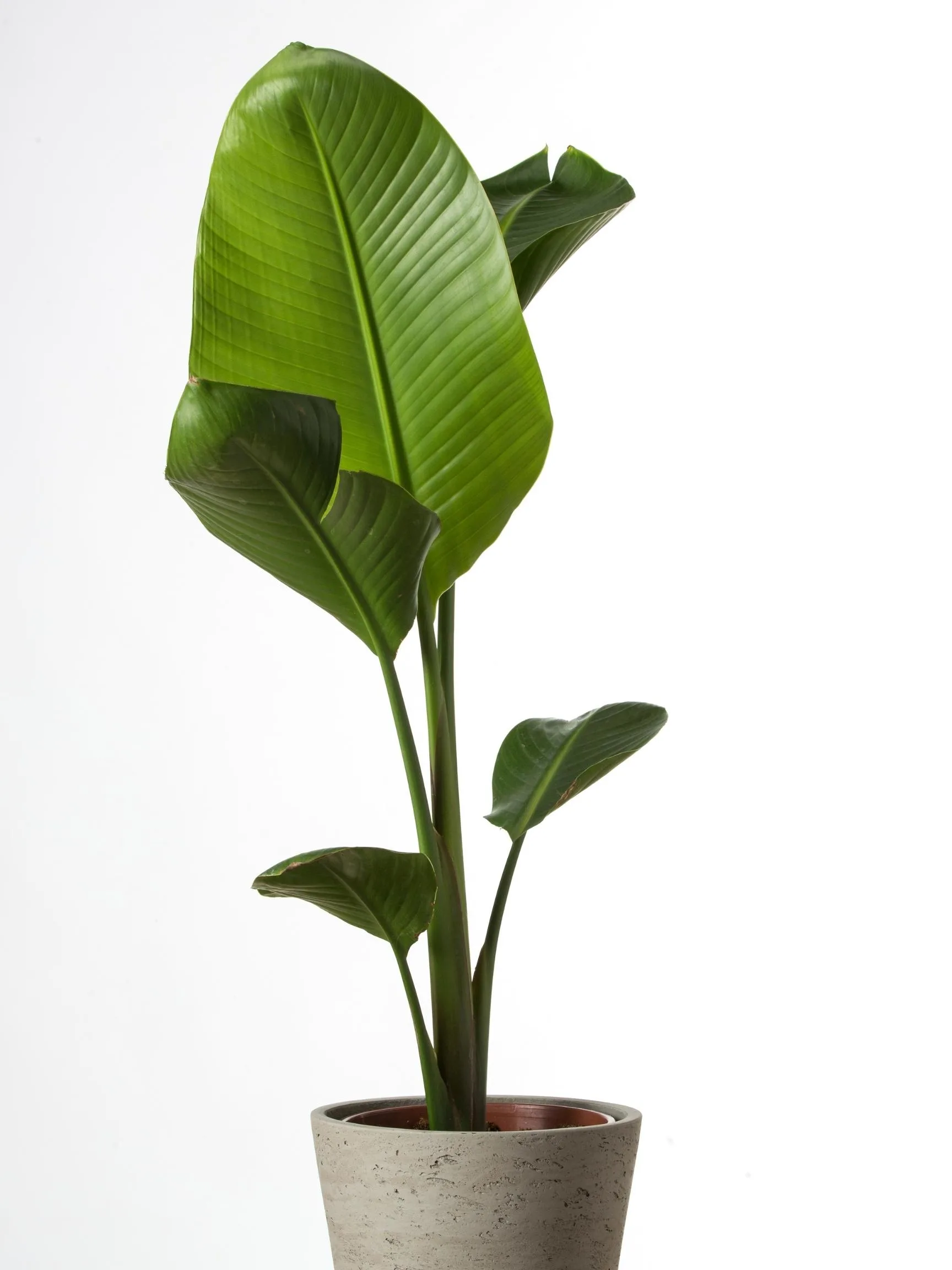
The Bird of Paradise plant (Strelitzia reginae) is a stunning plant with tall stems and long green leaves.
This Care Guide will teach you how to keep this houseplant happy all through the year.
Materials
- Orchid bark
- Peat moss
- Perlite
- General potting soil
- mask
- Fertilizer
Tools
- Pot (ceramic, plastic, or terra cotta)
- Potting medium (perlite, soil, peat moss, and orchid bark)
- Scissors
- Rubbing Alcohol
Instructions
Soil Preference:
- Birds of paradise prefer well draining soil. The roots require lots of oxygen and will rot quickly if they sit in moist soil.
- A homemade soil mix of 1/2 potting soil and 1/2 peat moss or coco fiber is a good mix for these plants. Add bark or perlite for an even lighter mix.
- Make sure your pot has drainage at the bottom. Do not use a pot with no drainage hole for this plant.
- A heavy soil potting mix is not recommended for Bird of Paradise
Pot Size and Type:
- The Bird of Paradise can grow in many different kinds of pots.
- They do not like to be root bound
- This plant is a fast grower and will need to be watched for signs of outgrowing its pot.
- Repot every second year or when roots come out the drainage holes on the pot bottom. Don't jump to a huge pot from a small one. Just go to the next size up pot for the root ball. Too much soil around the root ball invites wet soil conditions and root rot will follow.
Lighting:
- This plant will be happiest in BRIGHT indirect light. It will also grow just fine in lower light conditions. But the growth will be much slower.
- Bright filtered sunlight from a window will produce the best leaf size and plant growth.
- Make sure the plant isn't sitting in constant direct sunlight. The leaves can burn and yellow.
Watering:
- Water your Bird of Paradise when the soil is dry at least an inch down. These plants are typically drought resistant and can withstand longer periods of dryness compared to other houseplants. Every two weeks should be fine.
- Watering is best done on a regular schedule so the plant is not over or under watered. Both can cause stress on the plant.
- In dormant winter months reduce watering to when the soil is dry.
- Never let this plant get wet feet. This plant is susceptible to root rot and fungus gnats in heavy moist soils.
Humidity Tips:
- Like all tropical houseplants, the bird of paradise enjoys a humid environment. Keep the plant at 60% humidity or higher for best growth and hydration. Here are some ways to do that.
- Set it on a large pebble tray with water in it.
- give your plant room a good sized humidifier.
- Group plants together so they respire together and keep the humidity up.
- Use a hygrometer to monitor the humidity and check it often.
How to Fertilize:
- Apply a good quality fertilizer (linked in materials) monthly through Spring and summer.
- Decrease feedings by late Fall and allow this plant to rest through the winter months.
Temperature:
- The Bird of Paradise plant will do best in temperatures between 65-85 degrees F.
Leaf Washing:
- Large leafed plants benefit from monthly leaf washing to dust and pests off. This also opens the leaf stomata so the leaf can absorb moisture and respire oxygen to your room.
- 1 1/2 Tsp. Neem oil to a quart of distilled water is a good solution for applying directly to the leaves to deter pests. Wash both the top and bottom of the leaf.
Pests:
- This Bird of Paradise is a hardy resilient plant. However all plants can get attacked by pests.
- Stress by longterm overwatering, poor light, extreme temperatures and soil conditions are contributors to plant stress..
- Spider mites, mealy bugs, scale, thrips and whitefly are the most common houseplant pests you will see.
- Read our post on How to get rid of aphids and other pests with our homemade pesticide soap recipe or neems oil.
- To minimize the possibility of pests be sure to check all nursery plants before bringing them home.
- Quarantine all new plants until you are sure no pests live in them.
How to Propagate:
- Plant Division
- Divide plant when repotting
- Slice rhizome with a clean sterile knife
- Repot in a plant with a similar soil mix to the Mother Plant
- Keep soil moist while the cutting acclimates and grows new root structures.
- Toxic Plant Warning:
- The Bird of Paradise is mildly toxic to both humans and pets.
Notes
Watch video below to learn how to divide plants with Rhizome root structures. In this video I divide a ZZ plant using a similar technique to the Bird of Paradise division.
Thank you so much for stopping by our website to learn about the Bird of Paradise plant. We hope this post was able to answer all of your basic care questions for this plant. If you have more questions, please leave them down below and we will do our best to help you out!
Follow Us:
Find us on YouTube, Instagram , Pinterest and TikTok! We love to Plant chat. We also comment, like and occasionally share your content to our daily stories. We’d love to see your plants. Share your joy in your houseplants. Happy Planting!
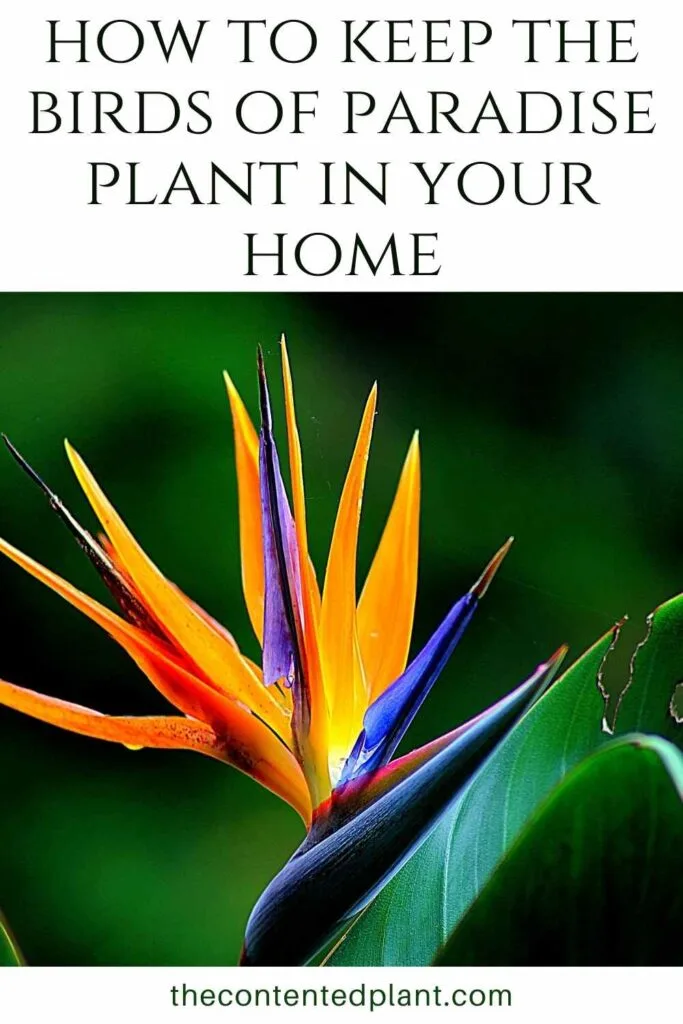

Why Houseplants in your Home are beneficial - The Contented Plant
Monday 19th of September 2022
[…] Birds of Paradise Plant […]